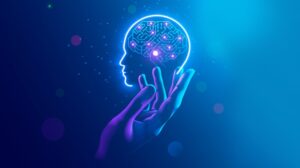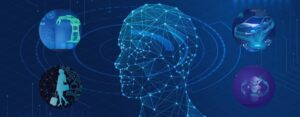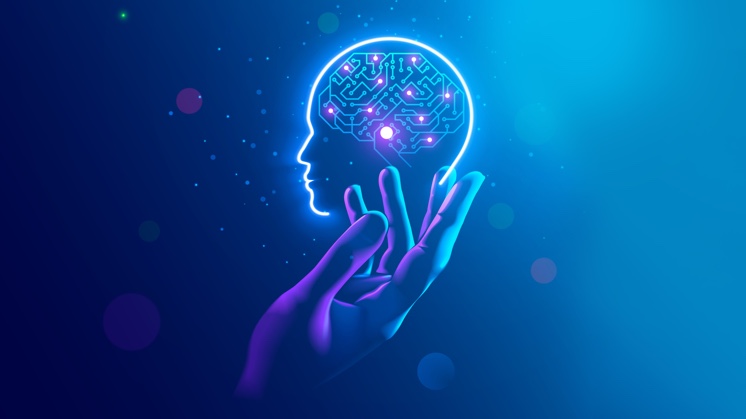 Deep Learning has revolutionized the field of artificial intelligence, enabling machines to learn and make decisions in once unimaginable ways. However, like any technology, it comes with its own set of advantages and disadvantages. In this blog, we will delve into the fascinating realm of Deep Learning once again, and we will delve into the key benefits and challenges associated with Deep Learning.
Deep Learning has revolutionized the field of artificial intelligence, enabling machines to learn and make decisions in once unimaginable ways. However, like any technology, it comes with its own set of advantages and disadvantages. In this blog, we will delve into the fascinating realm of Deep Learning once again, and we will delve into the key benefits and challenges associated with Deep Learning.
Advantages of Deep Learning
Ability to Learn Complex Patterns:
One of the primary advantages of Deep Learning is its exceptional capability to learn and recognize complex patterns. By utilizing multiple layers of neural networks, Deep Learning models can analyze vast amounts of data and automatically extract meaningful features. This makes it highly effective in various applications, such as image and speech recognition, natural language processing, and autonomous driving.
Unparalleled Accuracy:
Deep Learning algorithms have demonstrated remarkable accuracy in a wide range of tasks. They can surpass human performance in tasks like image classification, object detection, and medical diagnoses. Deep Learning systems can achieve state-of-the-art precision and significantly reduce error rates by continuously refining their models through training on large datasets.
End-to-End Learning:
Deep Learning enables end-to-end learning, meaning that the entire process, from input to output, can be unified. Traditional machine learning approaches often require manual feature engineering, where domain experts must identify and extract relevant features from raw data. With Deep Learning, the system learns these features automatically, eliminating the need for extensive manual intervention.
Adaptability and Generalization:
Deep Learning models can adapt and generalize well to new, unseen data. They can capture intricate relationships within the data, making them highly adaptable to different scenarios. This flexibility allows Deep Learning systems to handle complex real-world problems and make accurate predictions even when faced with previously unseen inputs.
Disadvantages of Deep Learning
Data Dependency:
Deep Learning models require substantial amounts of labeled data for practical training. Gathering and labeling vast datasets can be time-consuming, expensive, and sometimes impractical, especially in specialized domains with limited data availability. Insufficient or biased training data may lead to inaccurate predictions or reinforce societal biases present in the data, highlighting the importance of ethical data collection and preparation.
Computationally Intensive: 
Training Deep Learning models can be computationally intensive and require substantial computational resources, including high-performance GPUs or specialized hardware like TPUs. The complexity and size of Deep Learning models, especially deep neural networks with numerous layers, demand significant processing power and memory. This can pose challenges for organizations with limited computational infrastructure.
Lack of Interpretability:
Deep Learning models often function as black boxes, meaning the reasoning behind their decisions can be difficult to interpret or explain. The complex interconnections and transformations within deep neural networks make it challenging to understand the internal workings of these models. This lack of interpretability can be a concern, especially in critical domains like healthcare, where explainability and accountability are crucial.
Vulnerability to Adversarial Attacks:
Deep Learning models are susceptible to adversarial attacks, where malicious actors intentionally manipulate input data to deceive the model. These attacks can result in misclassifications or incorrect outputs. The vulnerability arises due to the high dimensionality of the input space and the models’ sensitivity to subtle changes in input. Developing robust defenses against adversarial attacks remains an active area of research.
Conclusion
Deep Learning offers many advantages, such as its ability to learn complex patterns, achieve high accuracy, and perform end-to-end learning. However, challenges related to data dependency, computational requirements, interpretability, and vulnerability to adversarial attacks must be carefully addressed to leverage the potential of Deep Learning in various applications fully.
Stay tuned to Rucha Yantra’s Knowledge Corner as we go deeper into the world of Deep Learning in the upcoming blog. As we arrive at an end to the topic, our final blog will dive into Deep Learning and its impact on manufacturing.



